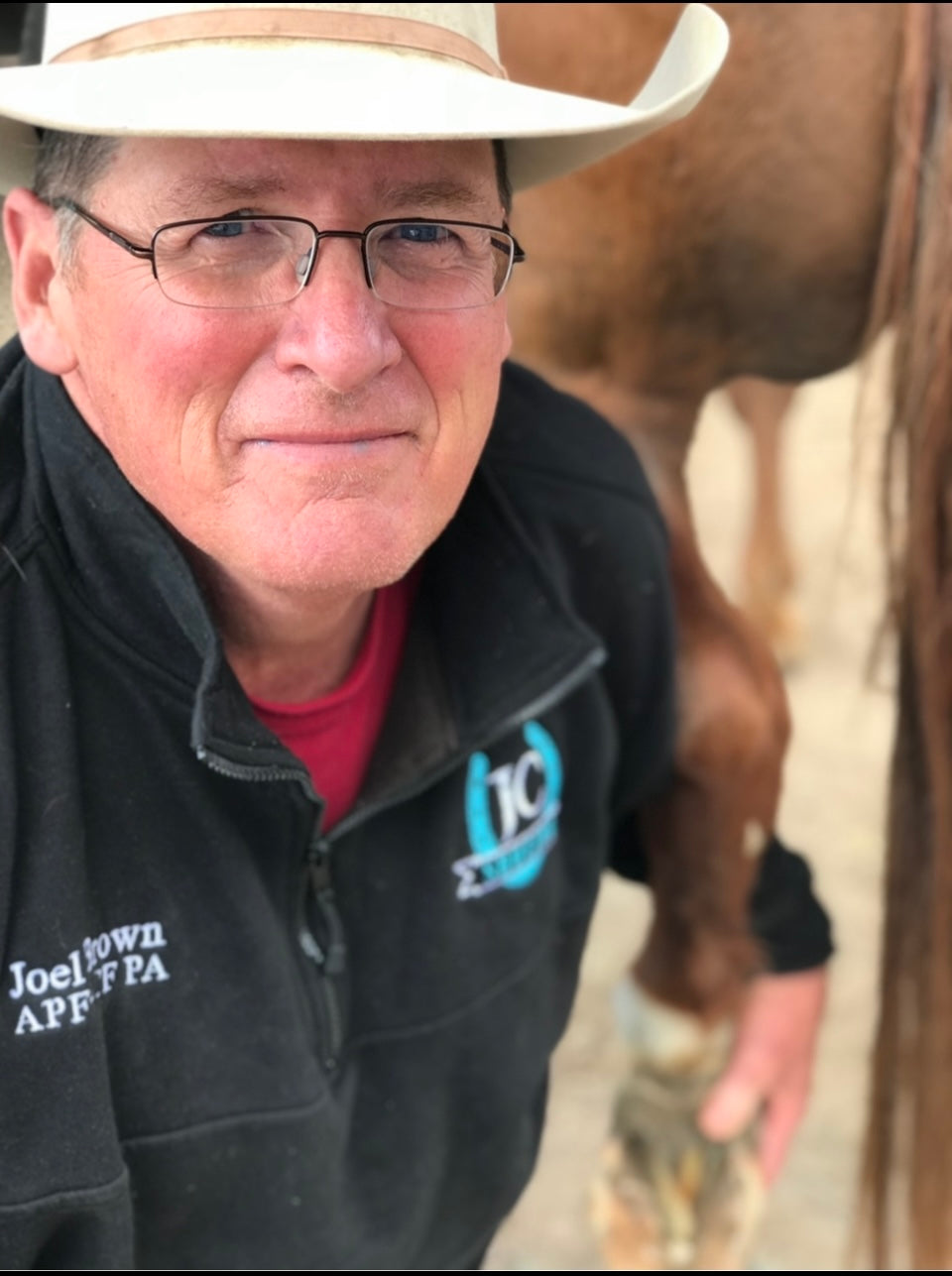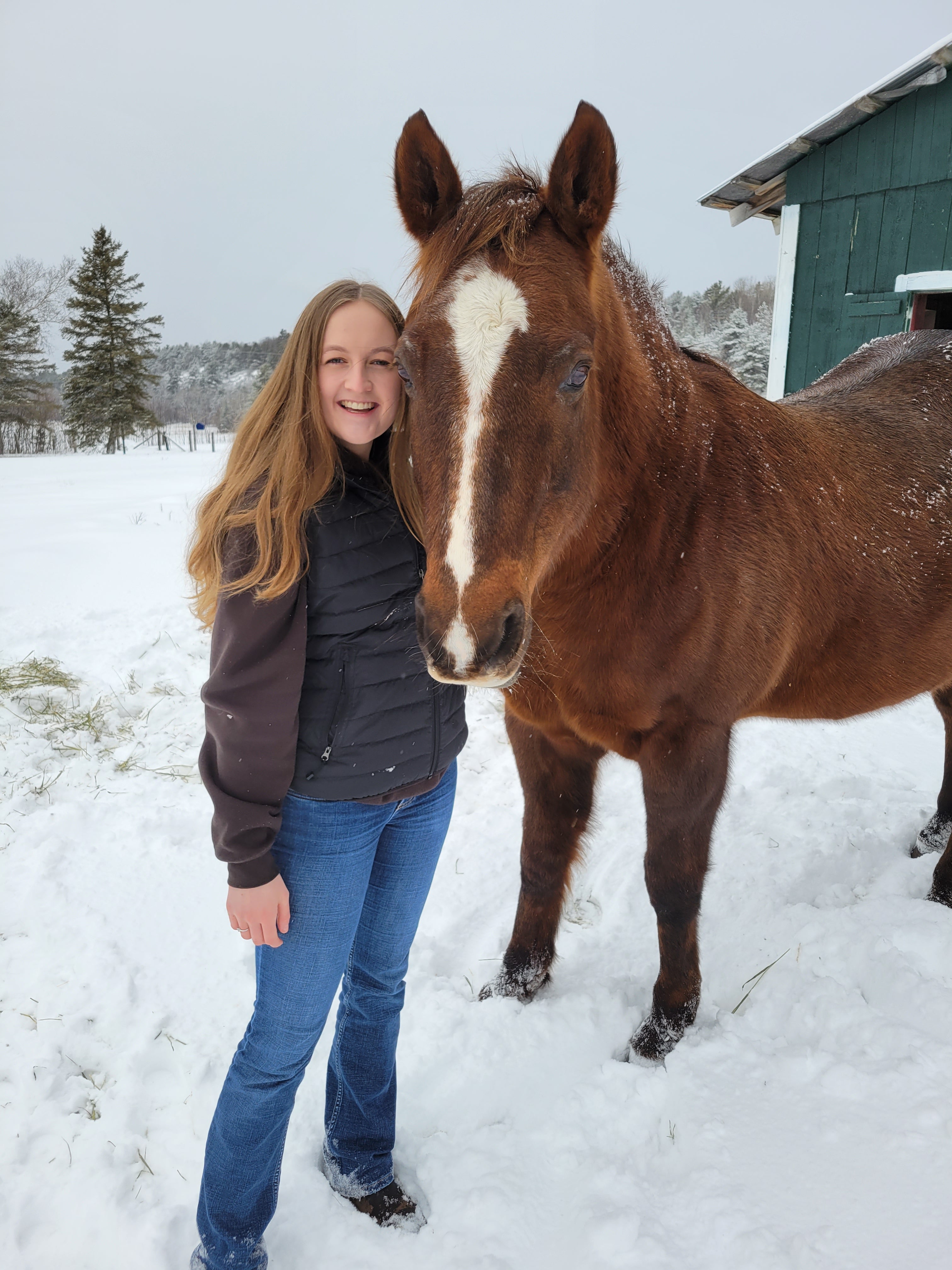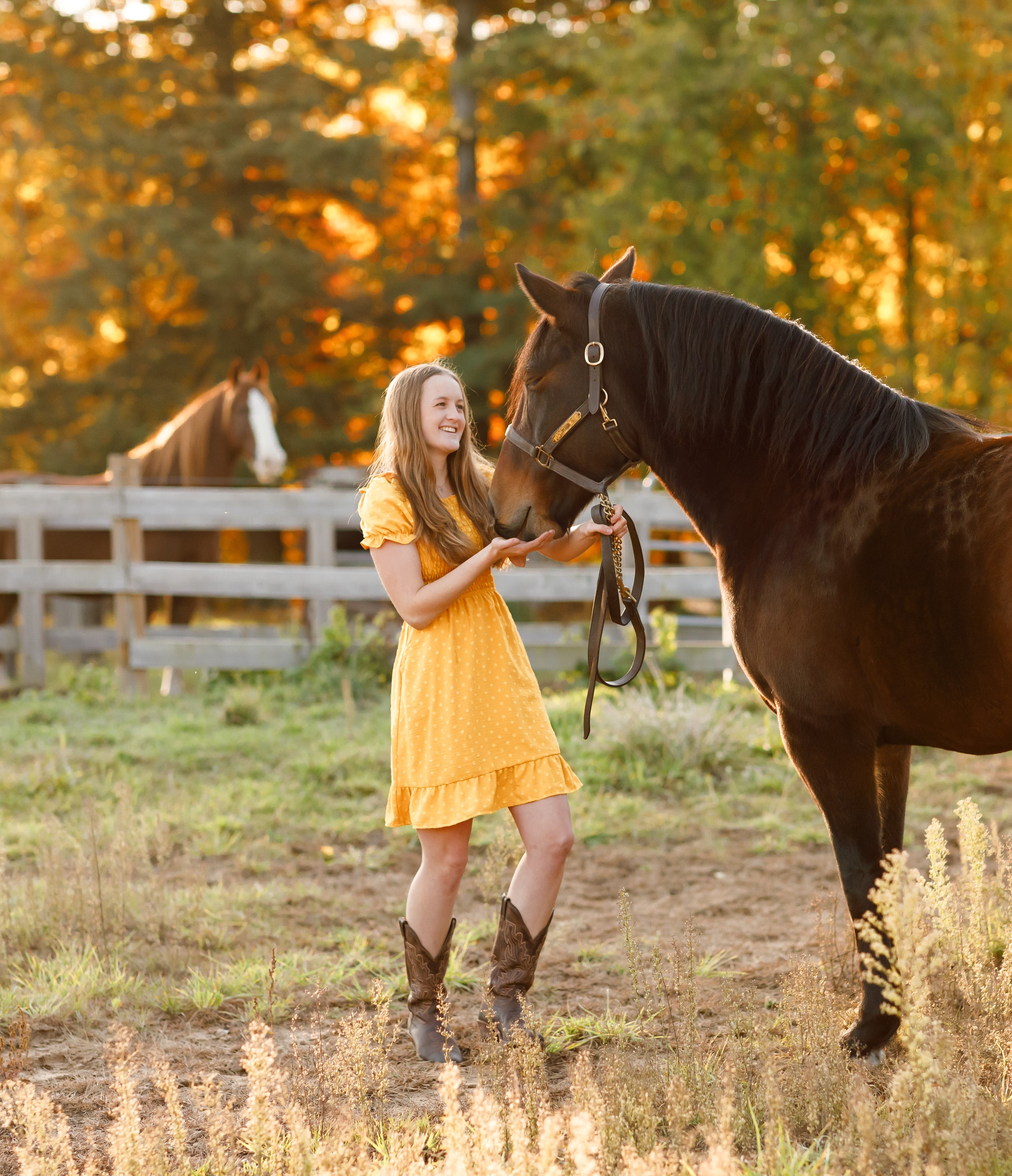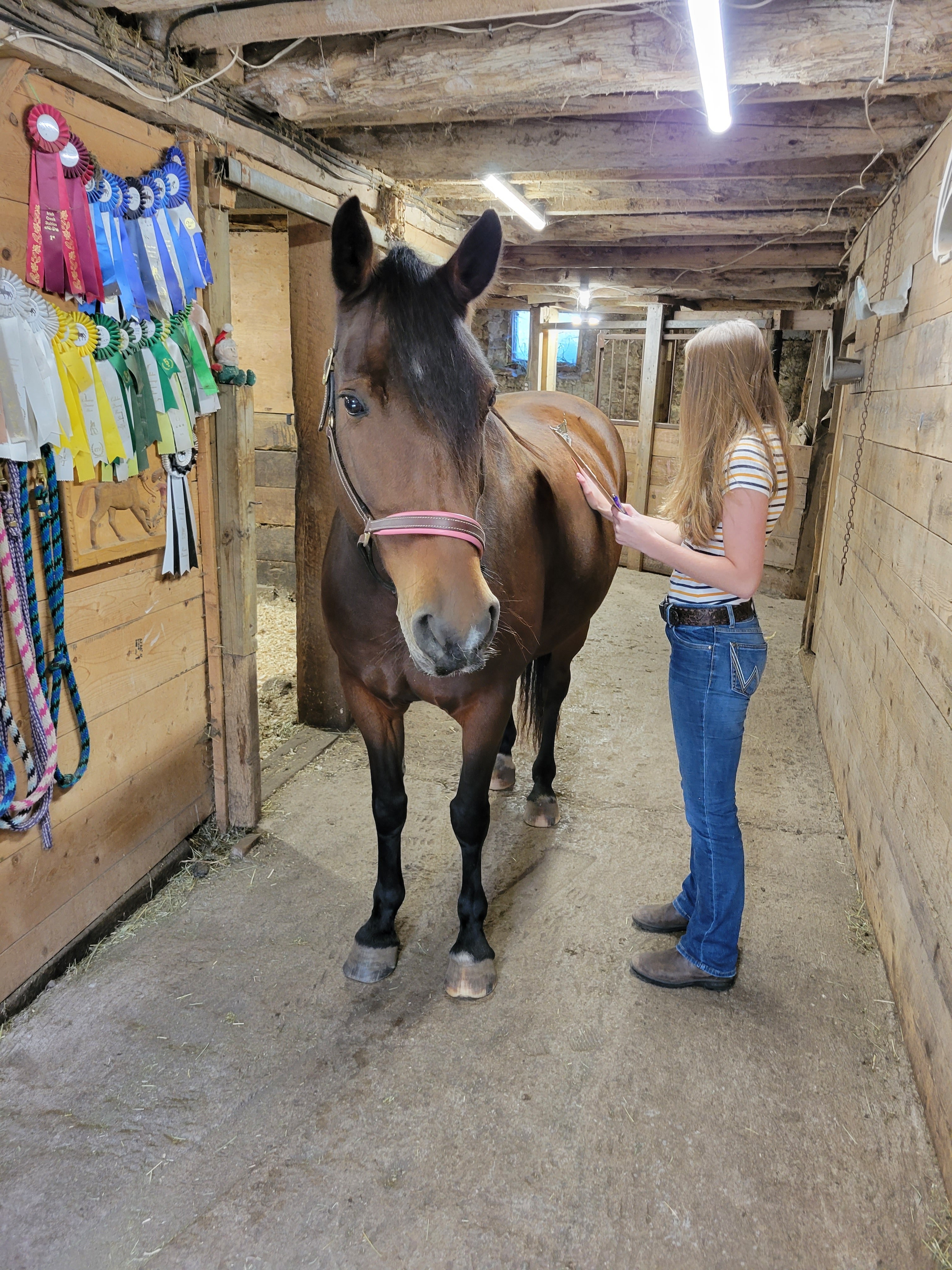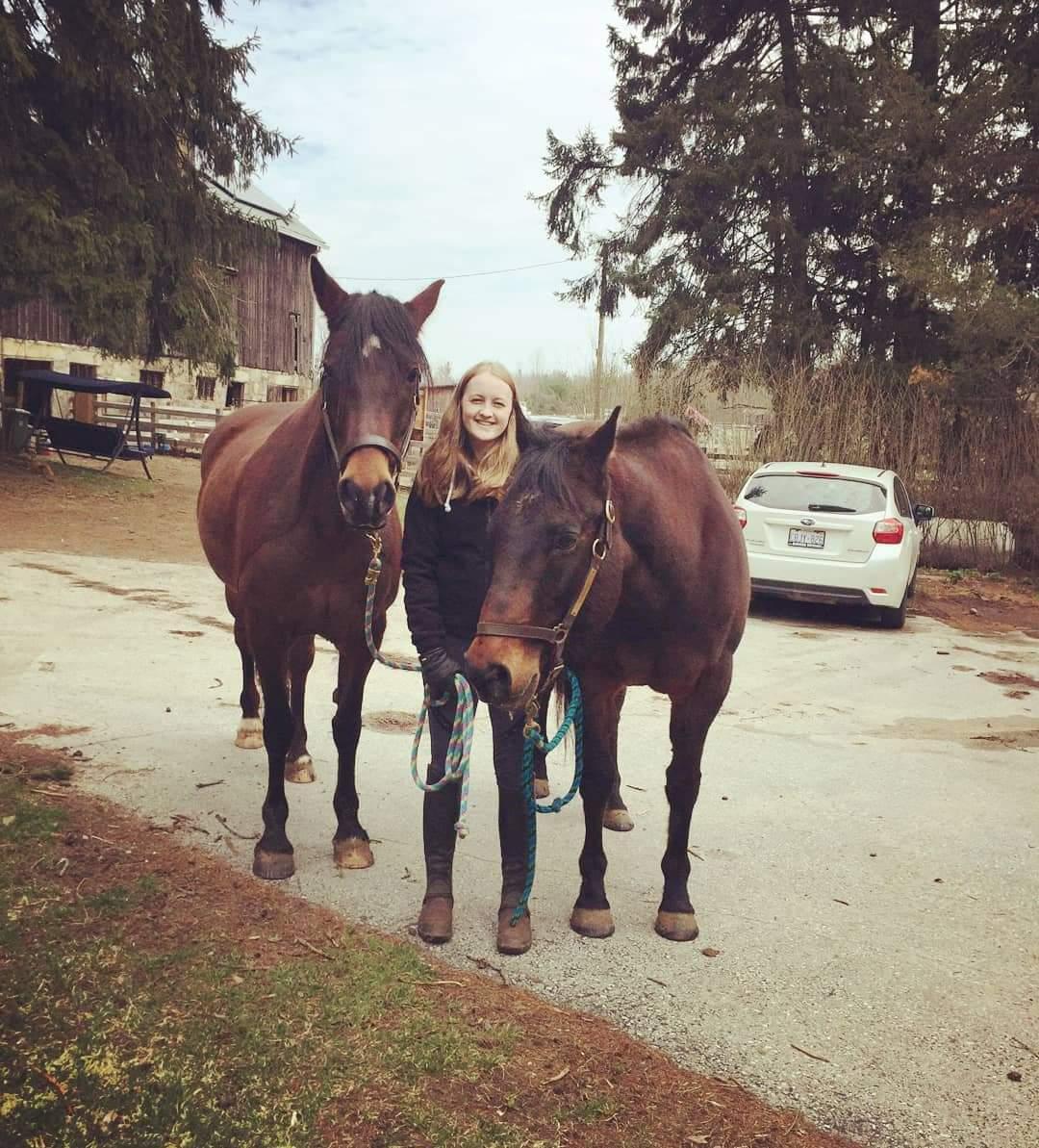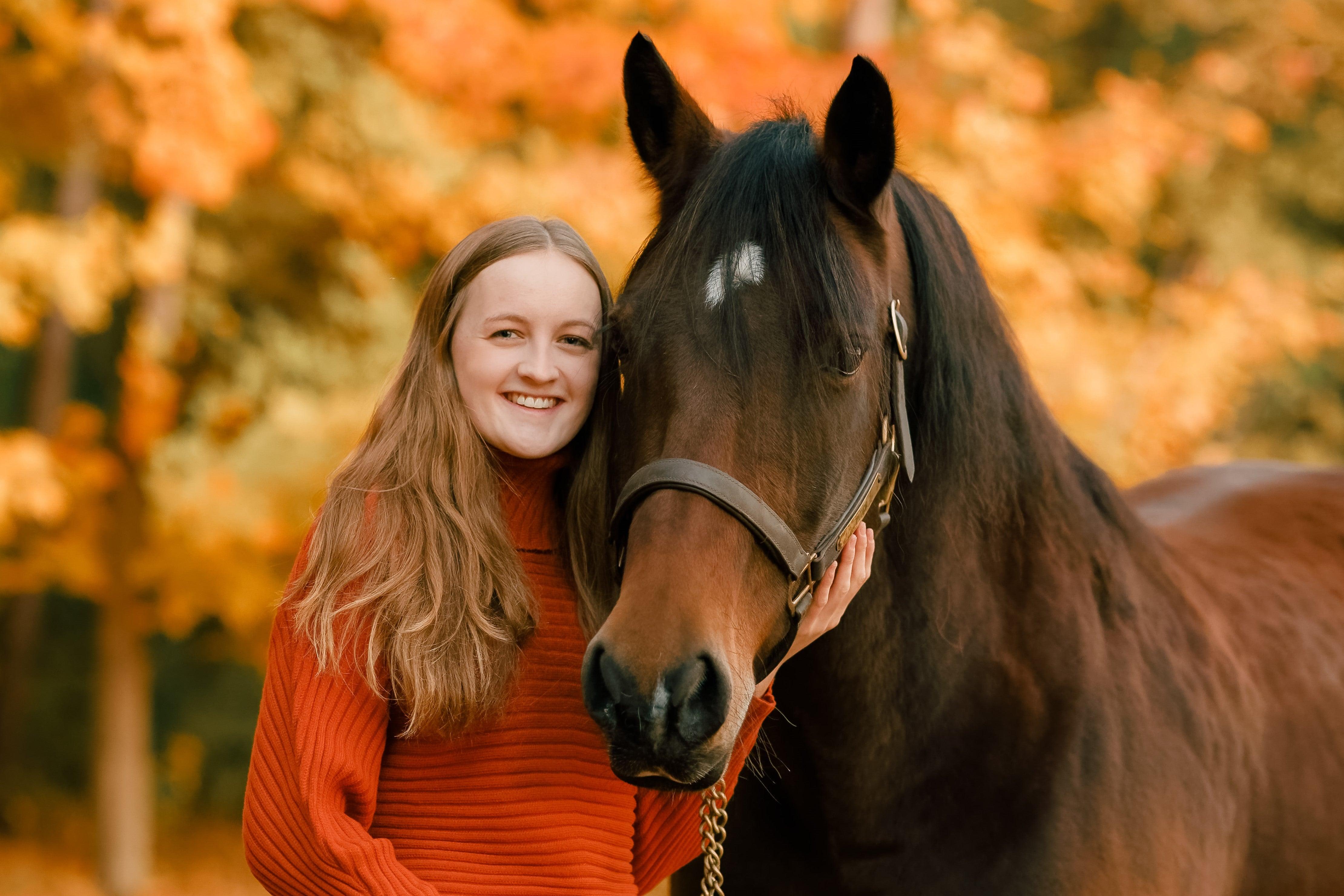
What you need to know about amino acids
By: Madeline Boast, MSc. Equine Nutrition
As we dive deeper into nutrition and how it relates to hoof health, we’re going to start looking at specific nutrients. Since the hoof wall is largely composed of keratin (which is a protein) a logical first step in this learning process is to discuss amino acids!
What is an amino acid?
Amino acids are essentially the building blocks of proteins. A protein is made up of many different amino acids. In equine nutrition, we divide amino acids into two groups: essential or non-essential. There are 10 essential amino acids which means that the horse is unable to synthesize these. Therefore, they must be provided in the diet. The essential amino acids are lysine, threonine, methionine, leucine, isoleucine, valine, histidine, tryptophan, arginine, and phenylalanine. It is important to note that horses do not store excess amino acids – which means that we must make sure we are supplying them consistently.
Understanding limiting amino acids
Three of the most frequently discussed amino acids in equine nutrition are lysine, methionine and threonine. Now unfortunately, we do need more research into the equine requirements for specific amino acids as the NRC, 2007 only specifies an individual requirement for lysine in addition to crude protein. In an ideal world we would know exactly how much of each essential amino acid our horses required. But for now, we estimate it, and focus on providing them with high quality protein. High quality protein provides essential amino acids in the correct proportions and has high digestibility.
When specific essential amino acids (e.g., lysine) are deficient in the diet it impacts protein synthesis to the level of that amino acid. This can directly impact hoof health as slow hoof growth as well as weak or cracked hooves are symptoms of an amino acid deficiency. This is because, the horse is only able to make a protein if all of the required amino acids are available.
Why are they important for hoof health?
When we supply horses with protein, they are not directly absorbing it. They must first break the protein down into amino acids. This occurs both in the small intestine as well as the hindgut. Therefore, when supplementing horses with amino acids with the goal of improved hoof health, we have to ensure the correct amino acids are being supplied. We also need to ensure that they are being supplied in a digestible format.
Lysine is typically considered the first limiting amino acid for horses, this means that it is the essential amino acid that most frequently prevents protein synthesis due to lack of availability. Lysine plays a key role in the protein found in connective tissue which is present in the hoof.
Methionine is generally considered the second most limiting amino acid; however, it plays a crucial role in hoof health as it is used in the production of the non-essential amino acid cysteine. As mentioned above, keratin is an abundant protein in the hoof wall, and it contains high levels of cysteine. When methionine is deficient in the diet cysteine will be unable to be adequately synthesized which negatively impacts hoof health.
How to best supplement them?
When beginning to look into dietary supplementation to improve hoof health, it is first and foremost important to ensure your horse’s basic nutritional requirements are being met. Many hoof supplements provide the horse with additional amino acids, particularly the most common limiting ones (lysine, methionine, threonine). Typically, the most ideal supplements provide essential amino acids along side other therapeutic nutrients (stay tuned to learn more in later blog posts!!). Simply increasing crude protein content is not the best answer as excess protein does have negative health consequences.
Client Story
One of my recent clients was having some hoof strength problems with her mare. We evaluated the diet and found some key minerals were missing. However, due to the severity of the hoof strength issues as well as the length of time they had been occurring I decided to recommend a blend of supplements to really ensure this horse was being optimally supported. This supplement blend included the key amino acids mentioned above as well as a therapeutic dose of biotin. In situations like this, it is really key to remember that nutrition is part of the solution. Combining a balanced diet, additional nutrient support, other hoof support products like Hoof Doctor as well as quality trimming from your farrier is really what turns these cases around!
To conclude, when we understand the role of these key amino acids in hoof health as well as the underlying metabolism mechanisms that impact the hoof, we can use this knowledge to better narrow down ideal supplementation products. This helps to ensure that you are not wasting money on adding unnecessary protein that may negatively impact your horse’s health.
If you have any questions, please reach out to Madeline at balancedbaynutrition@gmail.com
By: Madeline Boast, MSc. Equine Nutrition

About the author: Madeline Boast completed her masters in Equine Nutrition at the University of Guelph and started an independent nutrition company known as Balanced Bay. She has worked with a variety of equids – from miniature ponies to competing thoroughbreds. Through Balanced Bay she designs customized balanced nutrition plans that prioritize equine well-being. This includes diets for optimal performance as well as solving complex nutritional issues and everything in between. For additional information see www.balancedbay.ca
References:
Burns, T. A. (2021). “Feeding the Foot”: Nutritional Influences on Equine Hoof Health. Veterinary Clinics: Equine Practice, 37(3), 669-684.
Huntington, P., & Pollitt, C. C. (2005). Nutrition and the equine foot. Advances in Equine Nutrition, 3, 23-35.
Mok, C. H., & Urschel, K. L. (2020). Amino acid requirements in horses. Asian-Australasian Journal of Animal Sciences, 33(5), 679.
National Research Council. Nutrient Requirements of Horses. (2007). National Academy Press, Washington, D.C.
Ott, E. A., & Johnson, E. L. (2001). Effect of trace mineral proteinates on growth and skeletal and hoof development in yearling horses. Journal of Equine Veterinary Science, 21(6), 287-291.
